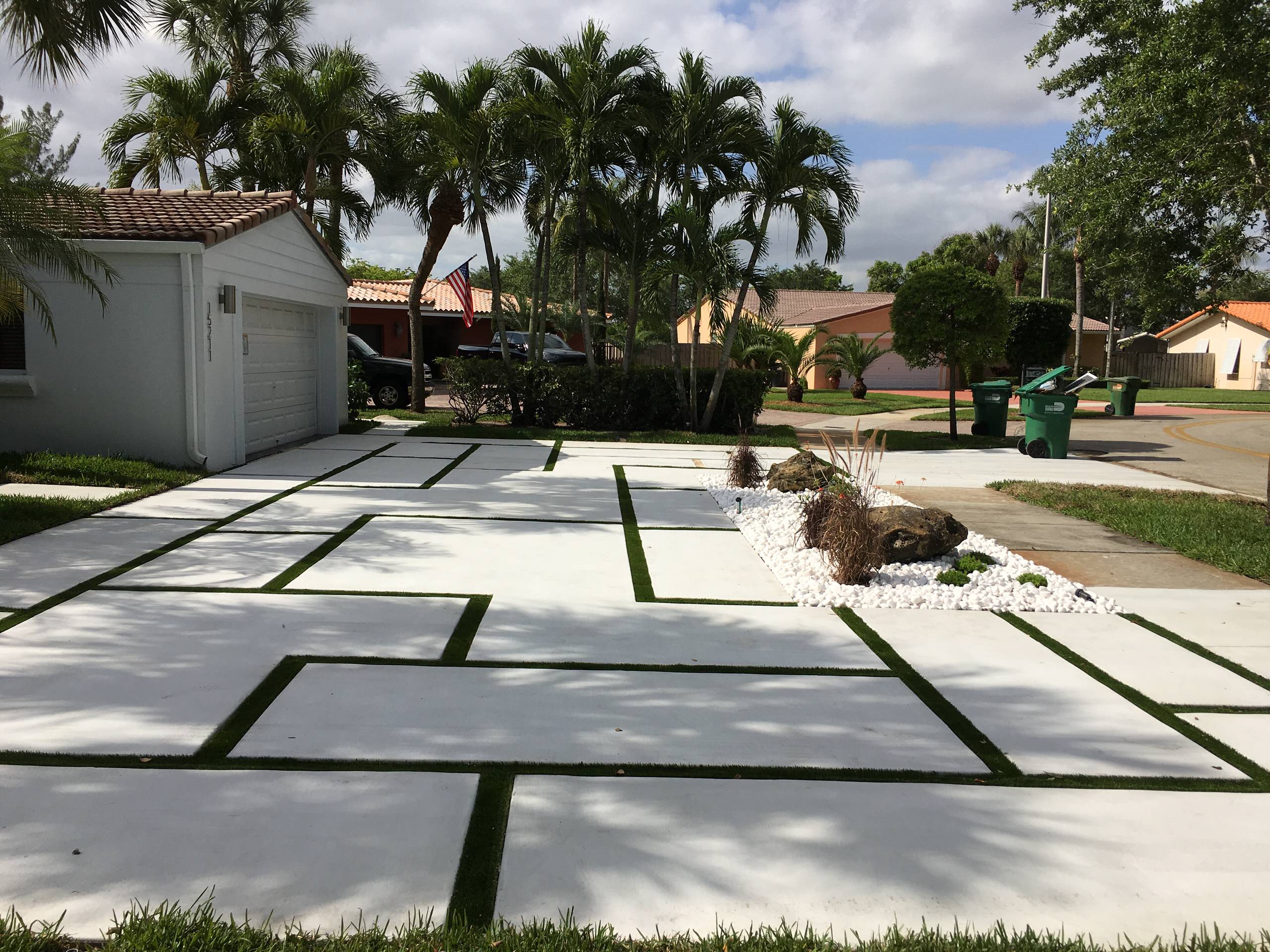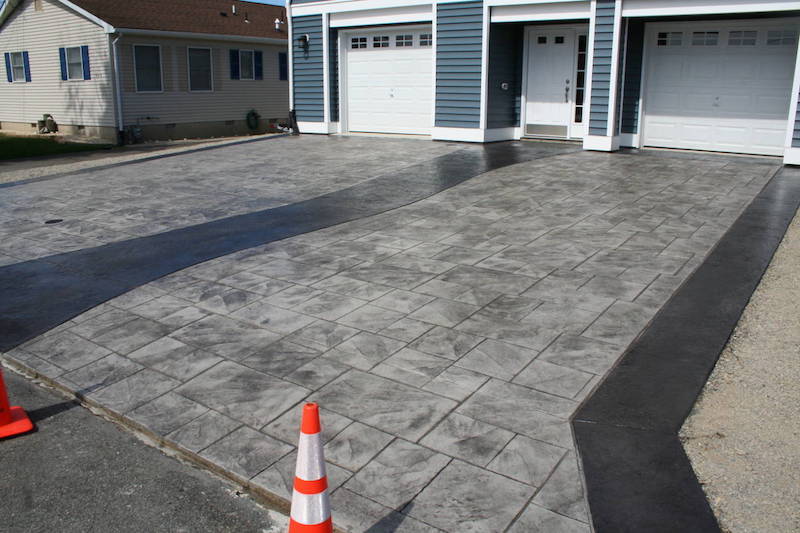The Green Selection: Concrete Sidewalks for Your Neighborhood
Choosing concrete for your neighborhood walkways can make a significant difference in terms of sustainability and eco-friendliness. Allow's explore why concrete walkways could be the environmentally friendly selection your neighborhood needs.
Advantages of Concrete Sidewalks
When considering the setup of pathways in a neighborhood, the benefits of picking concrete over other materials are significant and many. Concrete pathways offer longevity, enduring hefty foot traffic, weather condition variations, and environmental aspects much better than alternative materials like asphalt or crushed rock. This long life converts to cost-effectiveness in the long run, as concrete pathways call for less constant repair services and upkeep. Additionally, concrete is a flexible product that can be conveniently customized to complement the visual of any kind of area with numerous coatings, shades, and patterns.

Sturdiness and Long Life
Just how can concrete sidewalks surpass other materials in terms of resilience and durability? Concrete sidewalks are renowned for their outstanding durability and longevity compared to alternate materials like asphalt or pavers.
In addition, concrete's resilience reduces the requirement for frequent repairs or substitutes, making it a lasting and economical option for neighborhood pathways. By investing in concrete pathways, neighborhoods can delight in a dependable and lasting facilities that enhances the total aesthetic allure and functionality of the location.
Low Upkeep Demands
Concrete walkways stand out for their marginal maintenance requirements due to their sturdy nature and long-lasting performance. Unlike alternate products that might require regular fixings or replacements, concrete walkways use a cost-efficient remedy that demands little upkeep over time.
Routine maintenance for concrete walkways commonly involves easy tasks such as routine cleansing to get rid of particles and periodic sealing to safeguard the surface. In comparison to materials like asphalt or pavers that may move, fracture, or break down even Check This Out more quickly, concrete walkways preserve their structural stability with very little treatment. Furthermore, any type of repair work that may be needed are typically localized and can be dealt with swiftly, reducing both the moment and price related to upkeep.

Environmental Advantages
With a focus on sustainability and eco-friendliness, concrete walkways offer remarkable environmental benefits that contribute to a greener area facilities. In addition, concrete walkways have a high solar reflectance index, suggesting they show a significant amount of sunshine instead of soaking look what i found up and maintaining warmth.
Furthermore, concrete is a permeable product that enables water to infiltrate into the ground, lowering stormwater overflow and aiding in groundwater recharge. This aids protect against erosion, decrease flooding, and maintain the natural equilibrium of water supply in the neighborhood. By choosing concrete walkways, neighborhoods can make a lasting selection that favorably influences the setting and enhances the quality of life for locals.
Enhancing Community Sustainability
By prioritizing sustainable facilities solutions, neighborhoods can cultivate a harmonious balance between ecological awareness and area growth. Enhancing area sustainability entails a complex approach that goes beyond just the ecological advantages of concrete walkways. Implementing green spaces, promoting energy-efficient practices, and fostering a feeling of area interaction are necessary parts of producing a sustainable neighborhood.
One way to enhance neighborhood sustainability is via the assimilation of absorptive concrete walkways. These sidewalks allow rain to leak into the ground, reducing stormwater drainage and decreasing the stress on community drainage systems. Concrete Contractor. By incorporating absorptive walkways, neighborhoods can boost water top quality, decrease flooding risks, and enhance this article total environmental resilience
In addition, advertising alternative transport techniques such as strolling and cycling can considerably reduce carbon discharges and promote a much healthier way of life amongst citizens. Creating secure pedestrian pathways, bike lanes, and marked greenways can encourage homeowners to depend much less on cars and trucks, even more adding to the neighborhood's sustainability objectives.
Final Thought
In final thought, concrete sidewalks use various advantages for neighborhoods, including durability, reduced upkeep demands, and ecological advantages. By selecting concrete pathways, communities can boost their sustainability and contribute to a much more environment-friendly environment. It is clear that concrete walkways are the excellent choice for communities aiming to improve their facilities in a durable and environmentally friendly way.
When taking into consideration the installation of walkways in a neighborhood, the benefits of selecting concrete over various other products are considerable and countless. In addition, concrete's resilience decreases the requirement for constant repairs or replacements, making it a lasting and economical option for area sidewalks (Concrete Contractor).With an emphasis on sustainability and eco-friendliness, concrete walkways use notable environmental advantages that contribute to a greener neighborhood infrastructure. Enhancing neighborhood sustainability involves a complex technique that goes past simply the environmental benefits of concrete sidewalks.In conclusion, concrete pathways supply countless advantages for communities, including sturdiness, low maintenance requirements, and ecological benefits